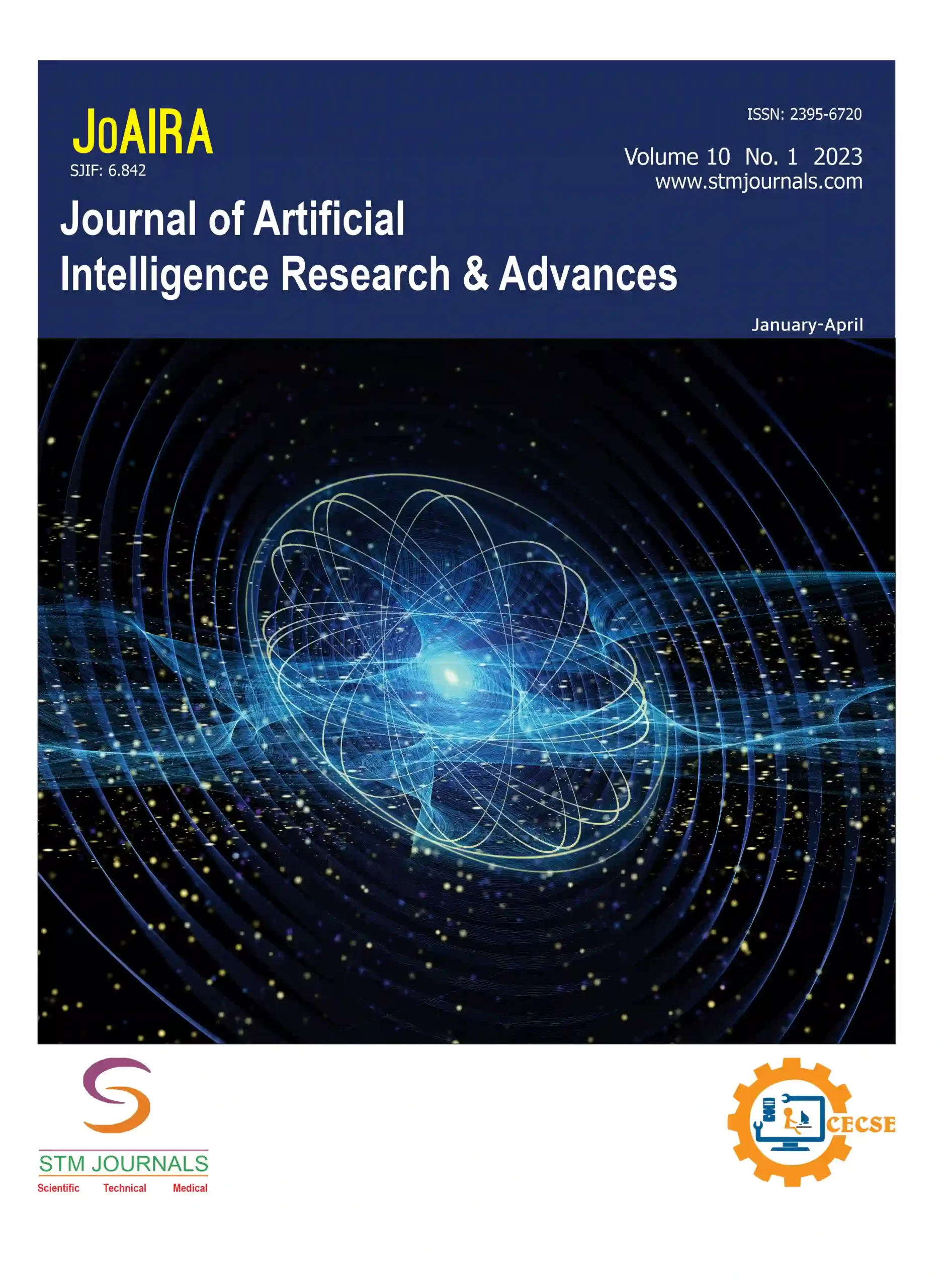Open Access

Trailokya Raj Ojha,
- Assistant Professor Department of Computer Science Engineering, Nepal Engineering College Bhaktapur Nepal
Abstract
The global Covid-19 pandemic has severely affected very aspects of human life, including education. The virus’ stunning spread created havoc in the educational system, causing educational institutions to close. As an effect, students must quickly adopt to the change to synchronous online learning. This study identified the different aspects affecting the adaptability level of students in online class. It also identifies the student’s adaptability level in different circumstances in online classes. A sample of 1205 school, college and university students from Bangladesh has been examined using data mining technique to find their adaptability level. The result shows that college and university students have more adaptability than the school students
Keywords: Online learning, adaptability, Covid-19, K-means algorithm, Kaggle repository, educational data mining
References
1. Butnaru GI, Niță V, Anichiti A, Brînză G. The effectiveness of online education during covid 19 pandemic—a comparative analysis between the perceptions of academic students and high school students from romania. Sustainability. 2021 May 10;13(9):5311.
2. Baker RS, Yacef K. The state of educational data mining in 2009: A review and future visions. Journal of educational data mining. 2009 Oct 1;1(1):3-17.
3. Abd Elaal SA. E-learning using data mining. Chin.-Egypt. Res. J. 2013.
4. Baepler P, Murdoch CJ. Academic analytics and data mining in higher education. International Journal for the Scholarship of Teaching & Learning. 2010 Jul 1;4(2).
5. Muthu prasad T, Aiswarya S, Aditya KS, Jha GK. Students’ perception and preference for online education in India during COVID-19 pandemic. Social Sciences & Humanities Open. 2021 Jan 1;3(1):100101.
6. Dorn E, Hancock B, Sarakatsannis J, Viruleg E. COVID-19 and student learning in the United States: The hurt could last a lifetime. McKinsey & Company. 2020 Jun 1;1.
7. UNESCO. Distance Learning Solutions, More on UNESCO’s COVID-19 Education Response [Online]. Available from https://en.unesco.org/covid19/educationresponse/solutions
8. Kebritchi M, Lipschuetz A, Santiague L. Issues and challenges for teaching successful online courses in higher education: A literature review. Journal of Educational Technology Systems. 2017 Sep;46(1):4-29.
9. Hung ML, Chou C, Chen CH, Own ZY. Learner readiness for online learning: Scale development and student perceptions. Computers & Education. 2010 Nov 1;55(3):1080-90.
10. Biner PM, Summers M, Dean RS, Bink ML, Anderson JL, Gelder BC. Student satisfaction with interactive telecourses as a function of demographic variables and prior telecourse experience1. Distance Education. 1996 Jan 1;17(1):33-43.
11. Dille B, Mezack M. Identifying predictors of high risk among community college telecourse student. American journal of distance education. 1991 Jan 1;5(1):24-35.
12. Wojciechowski A, Palmer LB. Individual student characteristics: Can any be predictors of success in online classes. Online journal of distance learning administration. 2005 Nov;8(2):13.
13. Colorado JT, Eberle J. Student demographics and success in online learning environments.
14. Yabing J. Research of an improved apriori algorithm in data mining association rules. International Journal of Computer and Communication Engineering. 2013 Jan 1;2(1):25.
15. Onik AR, Haq NF, Alam L, Mamun TI. An analytical comparison on filter feature extraction method in data mining using J48 classifier. International Journal of Computer Applications. 2015;124(13).
16. San OM, Huynh VN, Nakamori Y. An alternative extension of the k-means algorithm for clustering categorical data. International journal of applied mathematics and computer science. 2004;14(2):241-7.
17. S. L. Prabha and D. A. R. M. Shanavas, “Application of Educational Data mining techniques in eLearning-A Case Study.” [Online]. Available: www.ijcsit.com

Journal of Artificial Intelligence Research & Advances
| Volume | |
| Received | July 26, 2022 |
| Accepted | August 9, 2022 |
| Published | January 30, 2023 |

